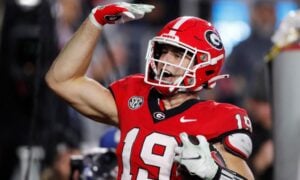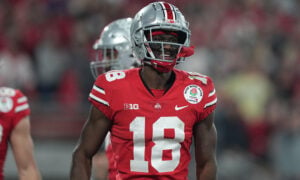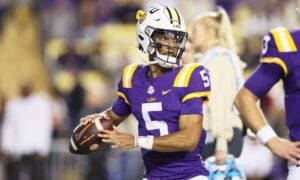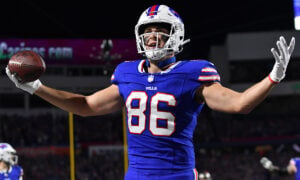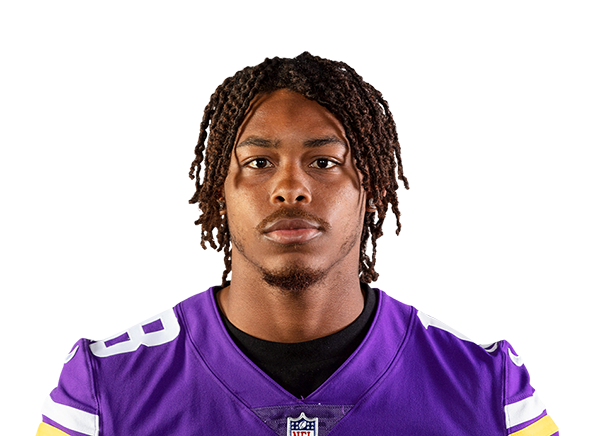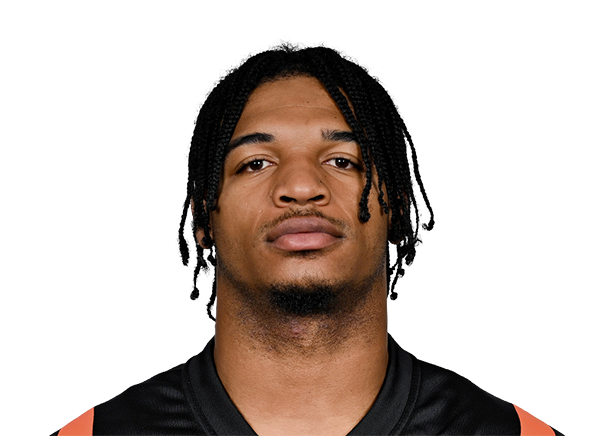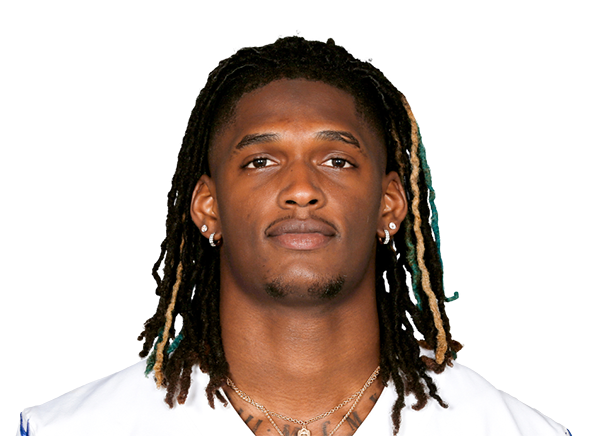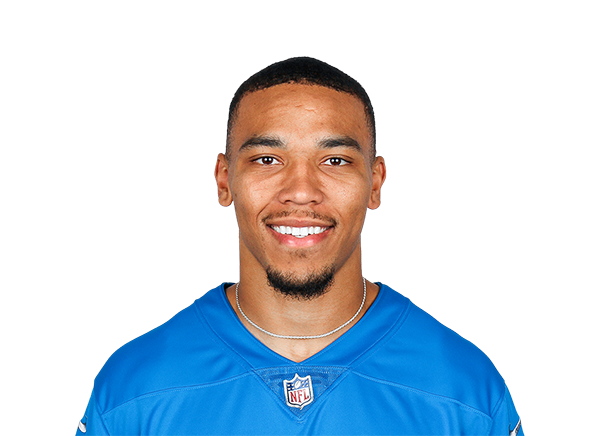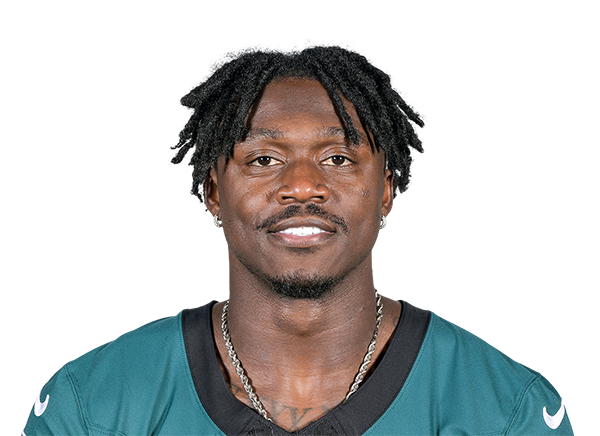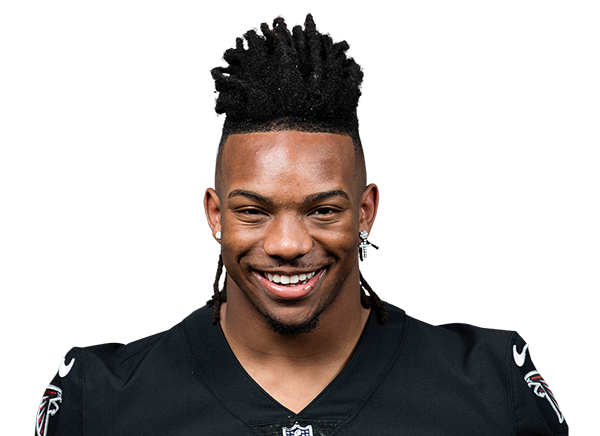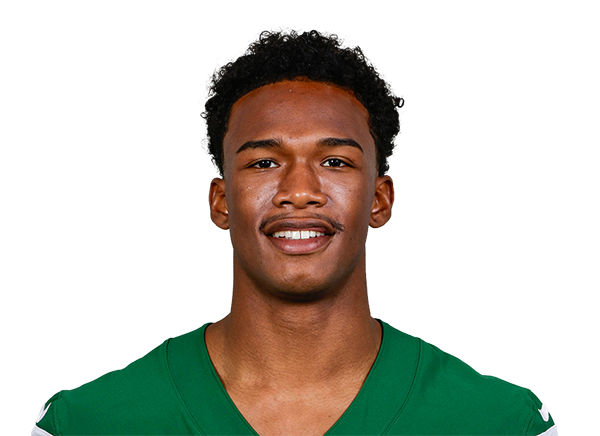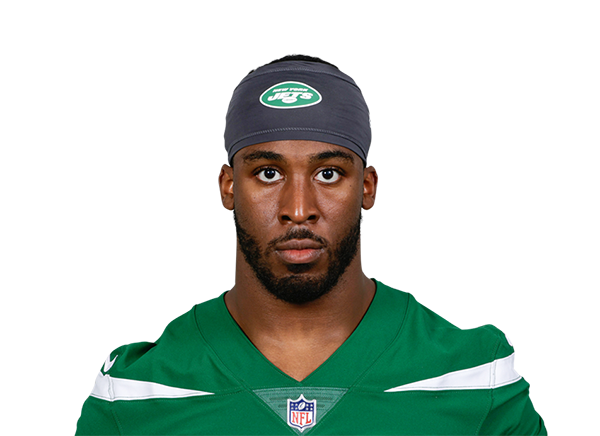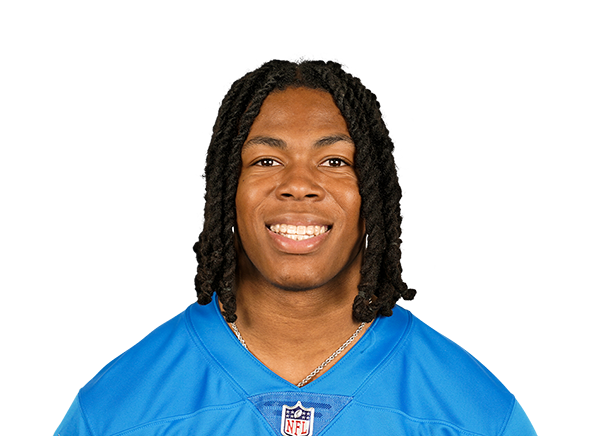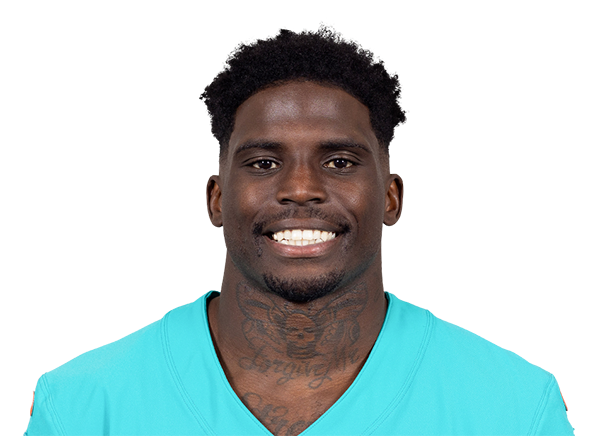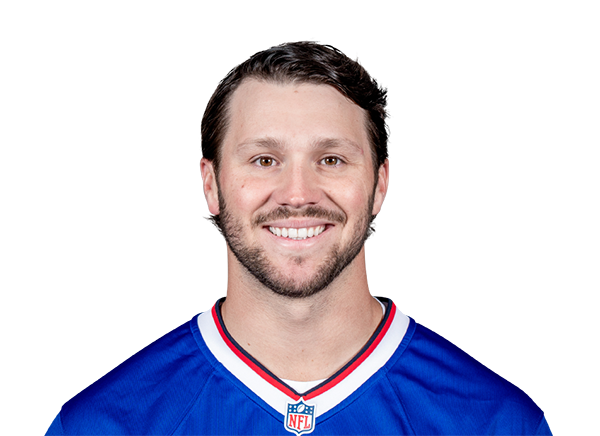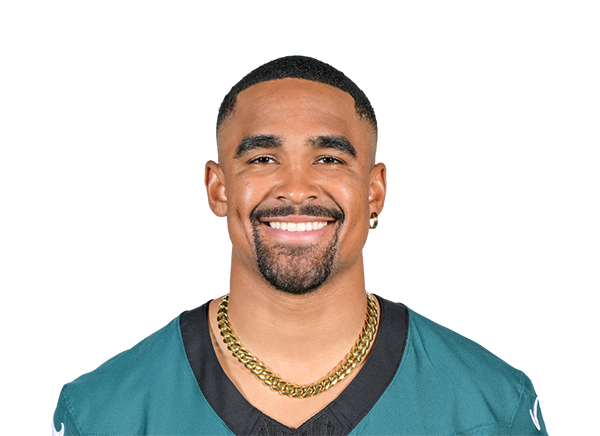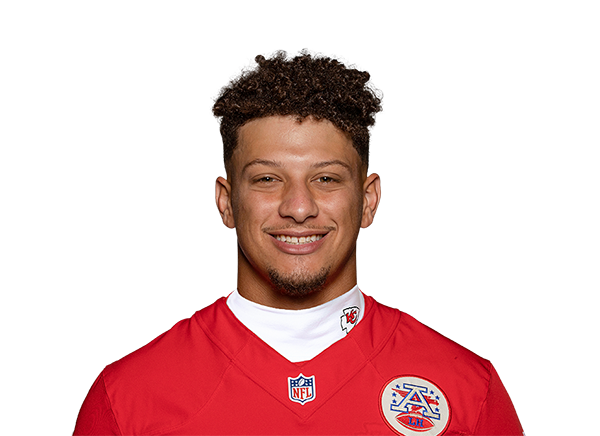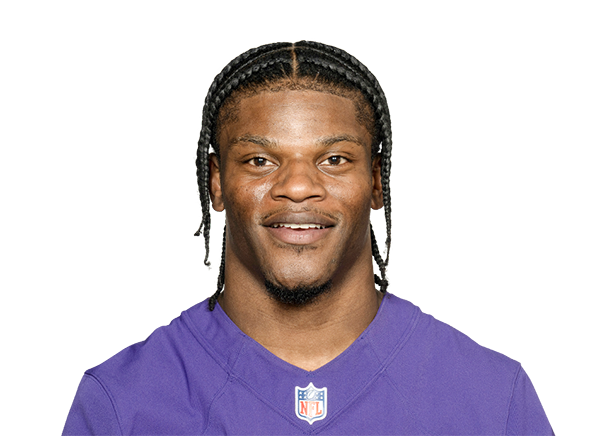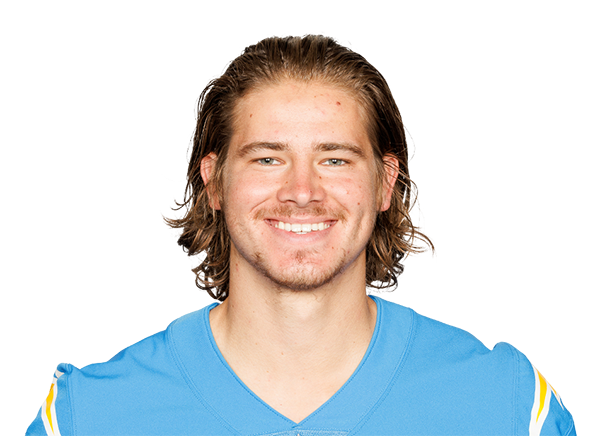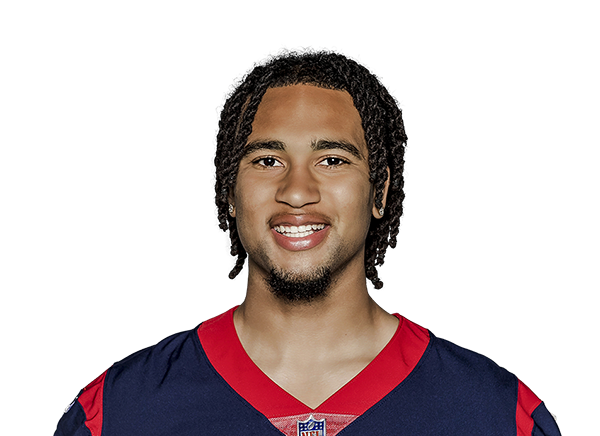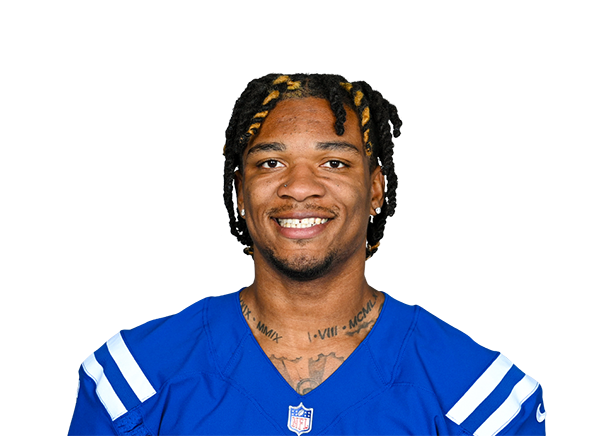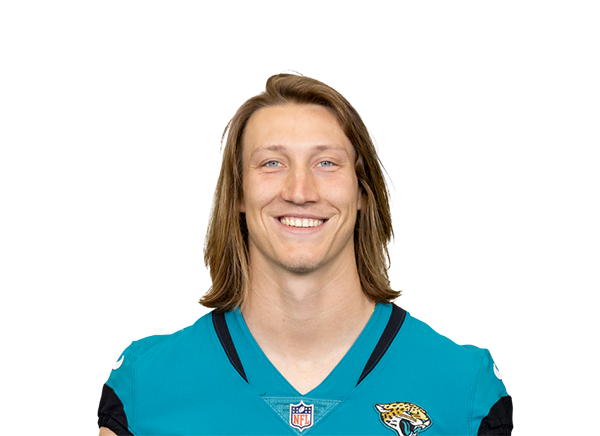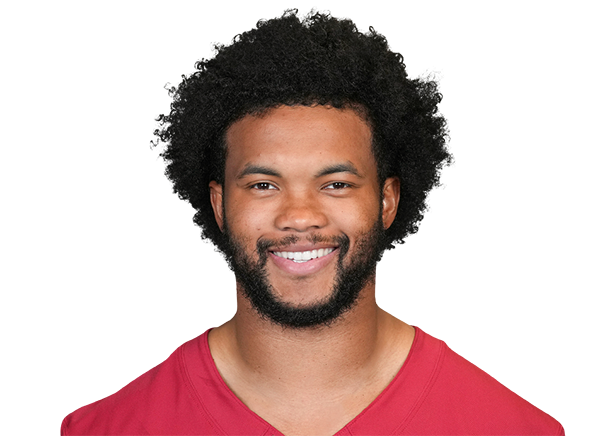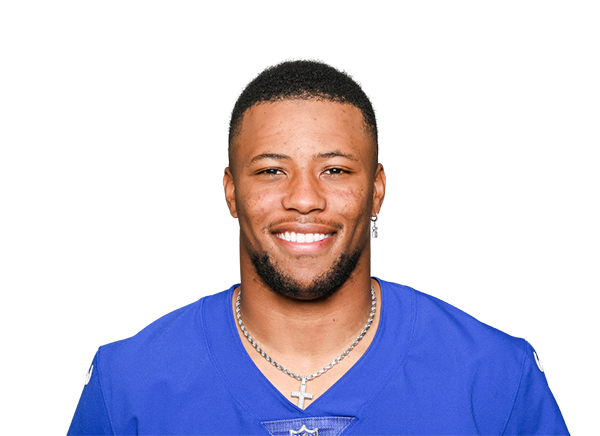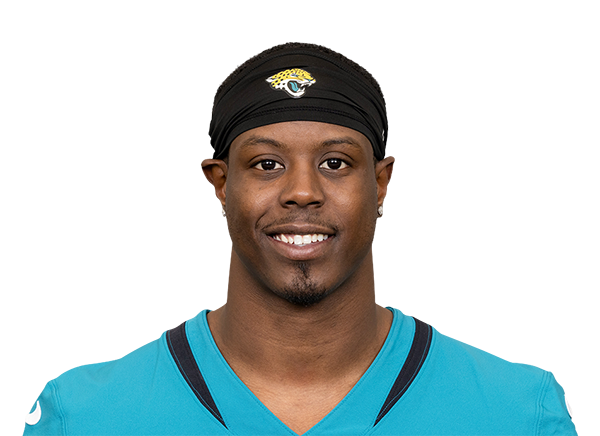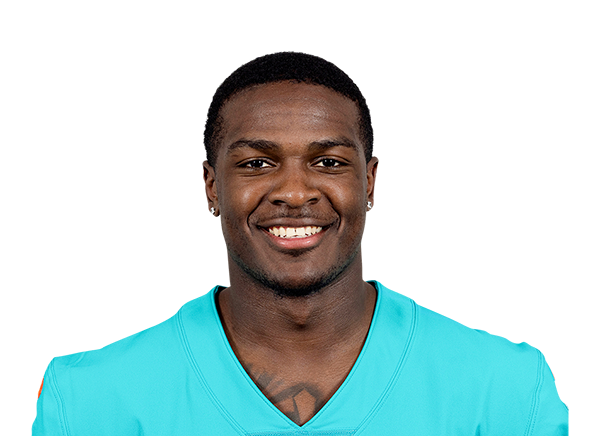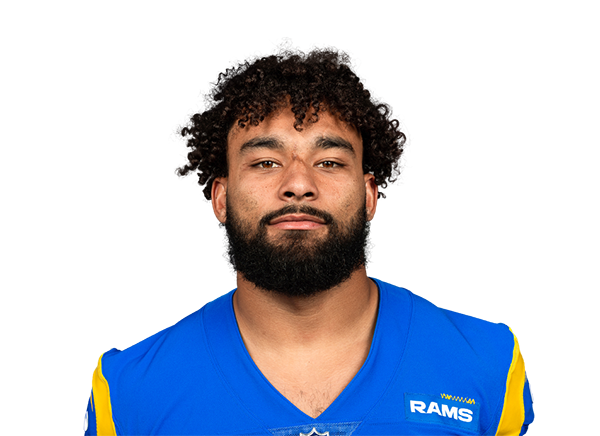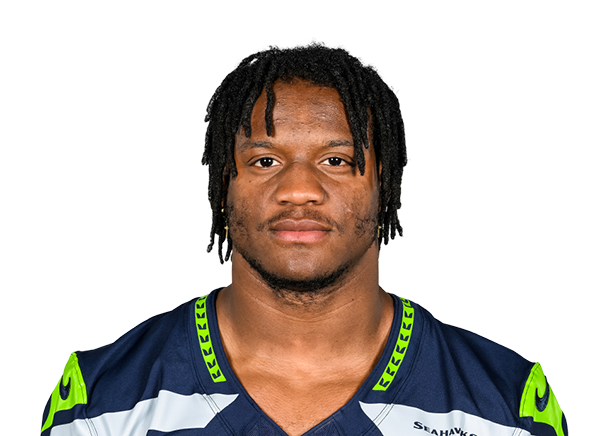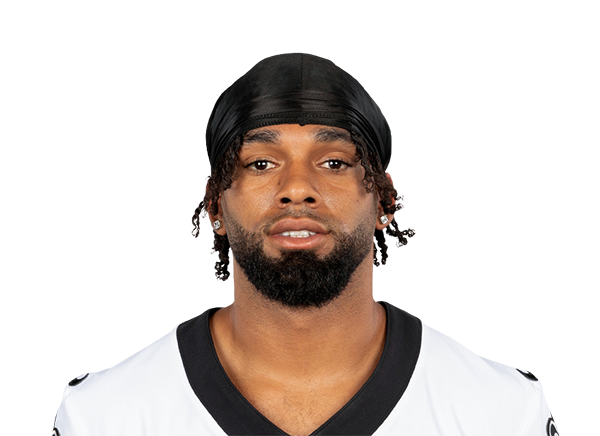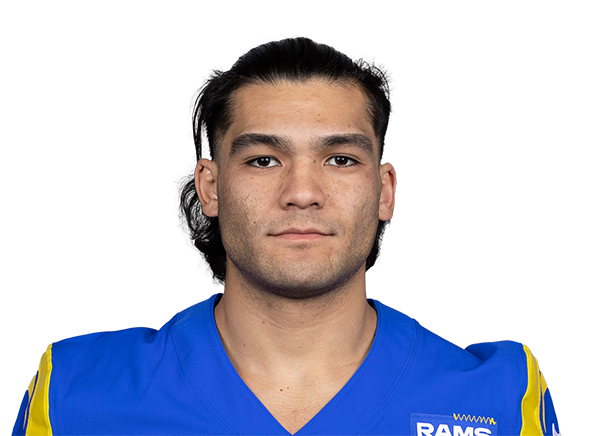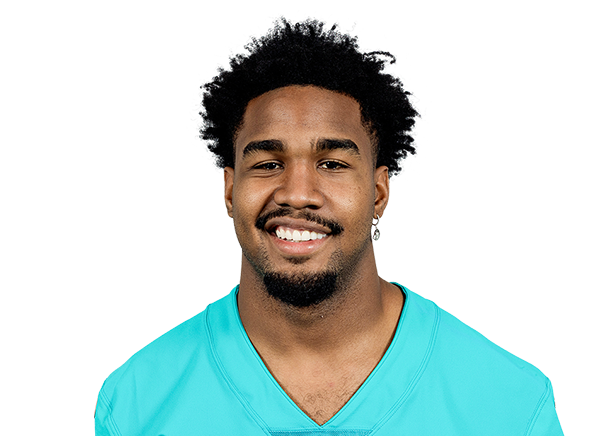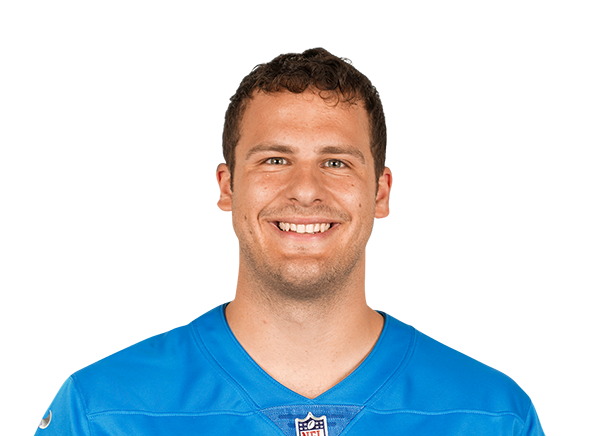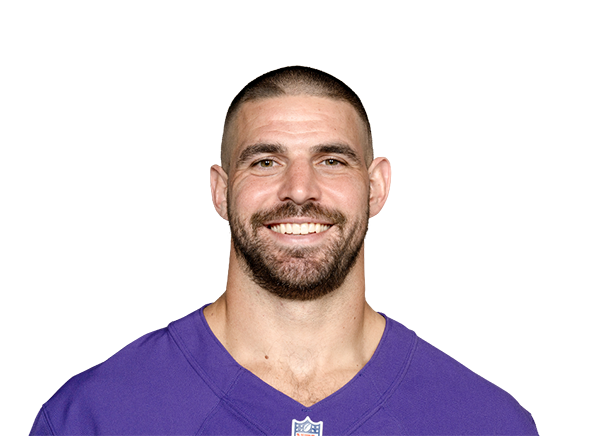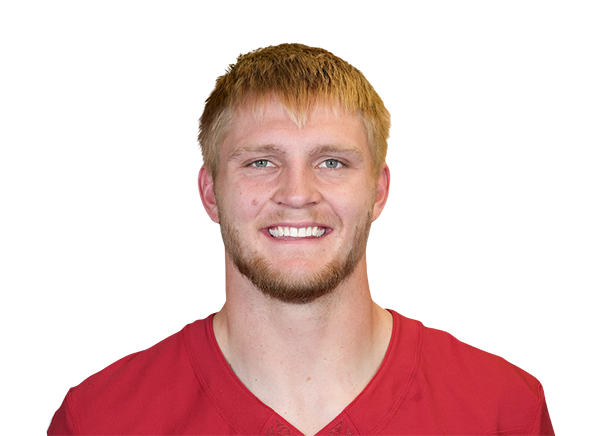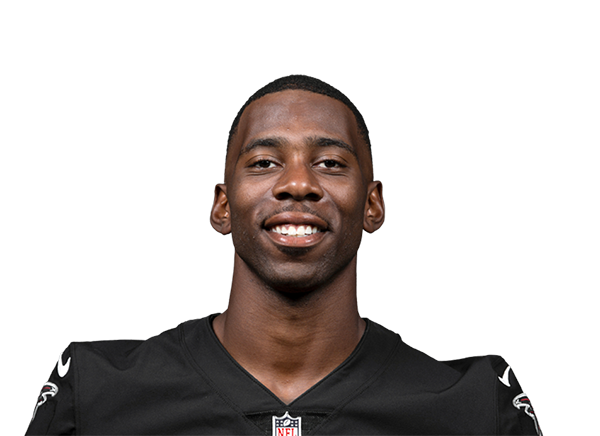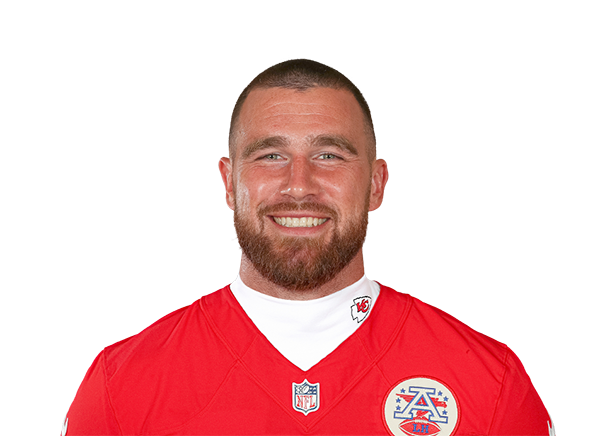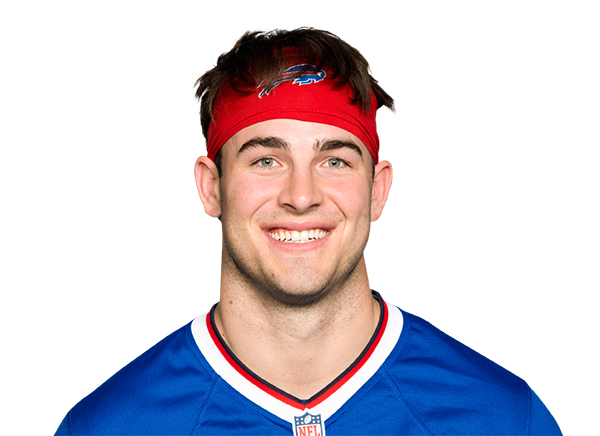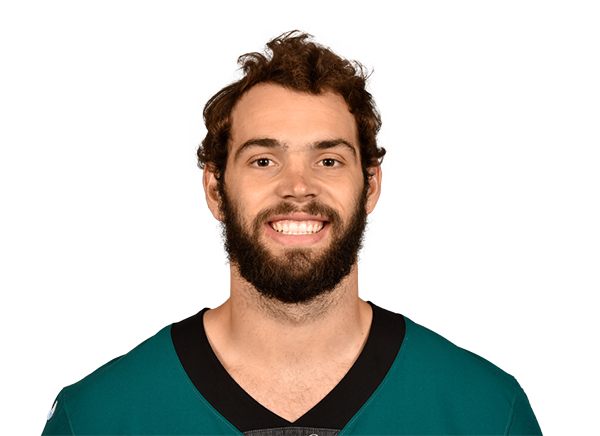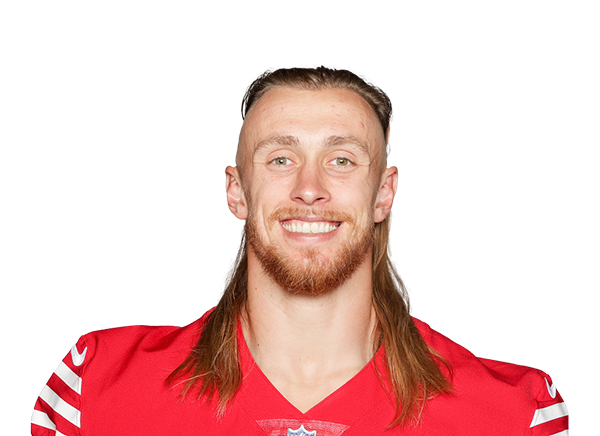Why Age Doesn’t Matter as Much as You Think
Editor’s Note: This article is submitted by a new Member Corner writer, Pat Wright. We look forward to seeing much more of Pat’s work in the future.
You see it every year. Dynasty players around the world giving away fantasy points to get younger for “upside.” The term upside is usually associated with young, unproven players with good metric scores. The authenticity of your league and how serious your leaguemates are will determine how deep you need to dive for these scores. If you’re playing in a league with beginners, upside might be a fast 40 time and being over 6’2”. In more serious leagues, it might be a combination of jumps, runs and the situation he finds himself in. This isn’t to say that there aren’t times to gamble on players who have tremendous metrics and some quality film to back it up. We have seen too many times in the past where we take a Justin Hunter or Christine Michael over a much better football player because of upside. In this article, we’ll take a look at when age matters, and when you can throw it out the window.
When it matters:
Wide Receivers: This seems to be a concept that is generally accepted across the dynasty community. Wide receivers have more consistency within the top 12. From 2013-2015 in PPR leagues, you had five receivers in the top 12 (Antonio Brown, Brandon Marshall, AJ Green, Calvin Johnson, Demaryius Thomas). The rest of the top 12 in 2015 consisted of a rookie from the 2013 class (DeAndre Hopkins), three second year players who weren’t in the league in 2013 (Allen Robinson, Odell Beckham Jr., Jarvis Landry), Julio Jones (who played five games in 2013 who we can assume would finish in the top 12) and Doug Baldwin. The #1 PPR receiver in 2013? Suspended Browns receiver Josh Gordon. That is half of the WR1s staying the same two years later.
When it doesn’t matter:
Running backs: Before you close this article, hear me out. With the ever popular zero-RB strategy sweeping the nation, the running back position has become more and more cloudy thanks to RBBC, injuries, and the uncertainty of the top guys. We are at the point where some experts, including Rotoworld’s Evan Silva, have a rookie who hasn’t played a down in the NFL as the #1 re-draft running back. If all things are equal in your rankings, then use age as the tie breaker. The problem comes when you’re trading sure-fire players like Adrian Peterson and Jamaal Charles for unproven backs such as Matt Jones and T.J. Yeldon. From 2013-2015, there are only two running backs who finished as RB1’s in both seasons: Peterson and Matt Forte. Peterson is a near lock to finish as a RB1 this season, which can’t be said about some of the players he has been traded for. With running backs, it’s better to hold onto them, get the production before they retire, and then pick up a running back either off the waiver wire or in the second or third round in your rookie drafts. With the short shelf life running backs have, it’s better to get the production than gamble on an unproven back whose situation might change next season.
Tight ends: I’m not going to regurgitate the same information that DLF’s George Kritikos wrote about in his ‘Why Drafting Rookie TEs is a Bad Idea’ (you should definitely read that article if you haven’t already). Tight end is one of the toughest positions, along with defensive end, to transition to the NFL from college. Furthermore, we have seen tight ends be effective late into their careers. Tony Gonzalez finished his last season in the league as the TE6 and Antonio Gates finished 2015 as the TE11, ahead of Eric Ebron, Julius Thomas, and Charles Clay. The same theory I ascribe to with running backs holds true here. When you find a starter that you don’t have to make decisions on week-to-week, you stick with him. After Rob Gronkowski, there is a muddled tier below and they all have some question marks. I have Greg Olsen as my #2 tight end due to his situation and his availability. He missed two games in 2007 and has played in every game in the last eight years. Jason Witten finished the season as the TE12 at age 33 despite Tony Romo only playing four games last season. If you can find a tight end that is healthy, his production will stay true until he decides to retire. The reason for this is, as opposed to receivers, is that in most offenses, there is only one tight end on the field. When wide receivers start to decline, the targets go to the younger players. With tight ends, it’s their job to lose. With the slow transition to the pro game, it is difficult for rookies to come in and take those snaps away from proven veterans.
Quarterbacks: This is the one that gets me every time. A lot of preaching goes on regarding the ‘late round quarterback’ or streaming the position. It has become popular, and I apply this strategy myself as well. When it comes to trading however, we seem to give production away in exchange for younger players when age is really a non-factor. With the rules favouring the passing game, it is a lot easier in today’s NFL for quarterbacks to come in and be effective from day one. However from a fantasy perspective, this is not true. The average age for the top 12 quarterbacks in 2015 was 31, an age where most running backs are thinking retirement. This isn’t to say you shouldn’t trade Carson Palmer for Marcus Mariota if you have the opportunity to do so, but because of the dynasty community’s ageism, older players are given away at a discount. What happens if your starting quarterback retires? You use the late round or streaming strategy, or draft a rookie and have someone overpay you with a 31 year old starter. Most people would agree you would rather have Drew Brees this year than Ryan Tannehill. You need to exert all the fantasy points you can out of the position before it’s too late and you’re out of the playoffs.
- The Case for Kyle Pitts as the Rookie Draft 1.01 - May 24, 2021
- Why Age Doesn’t Matter as Much as You Think - June 13, 2016






